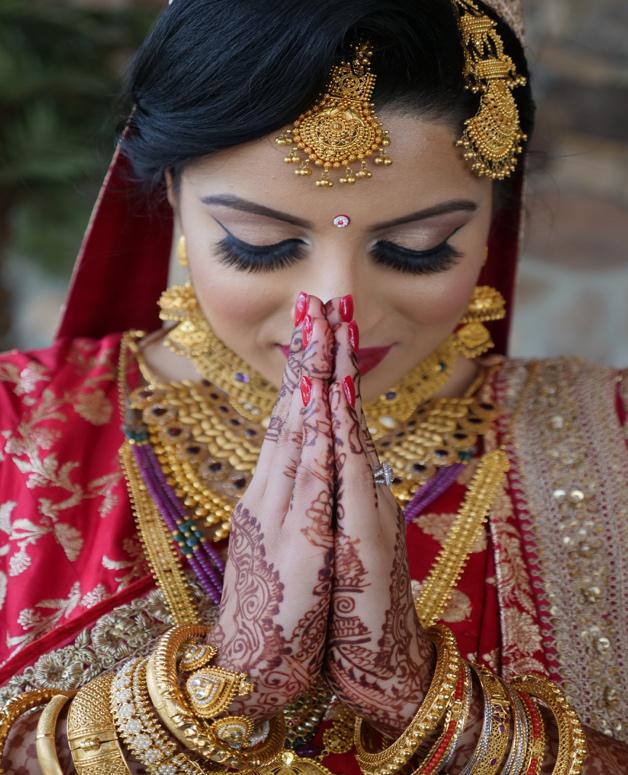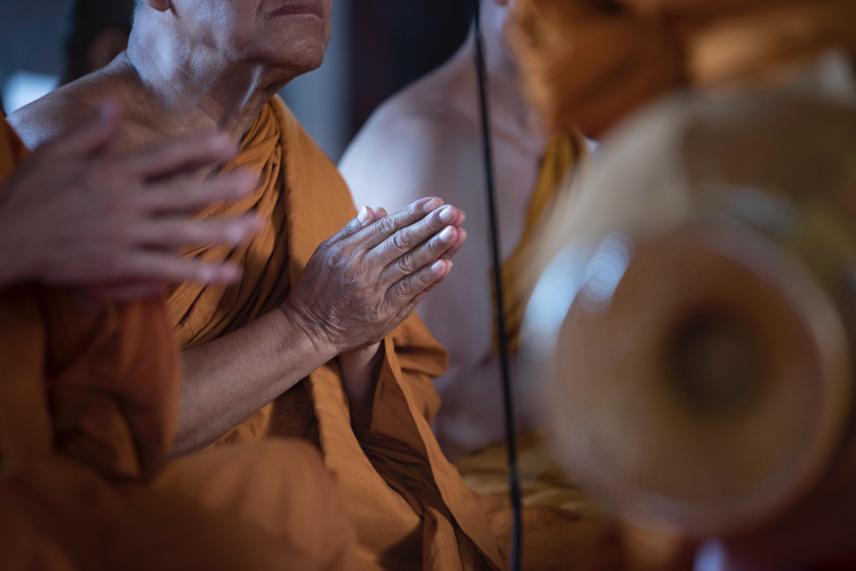With the Covid-19 pandemic, containment and social distancing measures are undermining our individual life patterns. But they also compromise a general principle: the kiss 😙
This French tradition, often coveted abroad 😊, has never been as much in danger as it is today. Indeed, almost 2 months after the beginning of the lockdown, the kiss is only a distant memory. No one knows when it will be socially possible to resume this habit. A question then arises:
How will we greet each other after the lockdown?
There are several possibilities:
👋 the handshake
👋 the American hug
👋 the check
👋 a clumsy nod
👋 or…the Indian greeting in Namaste.
This last option seems to us the most plausible and feasible for all age groups. Indeed, we saw Prince Charles who, a few days before the lockdown, was waving with his hands joined together during a public performance in London.
What are the origins of Namaste?
It is a greeting from Asia, especially from India, where hugs can be very badly perceived. If you have been to India or have ever taken a yoga class, you have probably heard the word “Namaste” before.
The term Namaste or Namaskar, as it is sometimes used, comes from the Hindu civilization whose ancestral language is Sanskrit.
What does Namaste mean?
If we analyze the etymology of this term, we can see that we can divide it in two: “namas” which means reverence and “te” which means “yours”. Namaste means “I bow down before you”.
Namaste is a gesture of humility, recognition, respect and equality. It represents the belief that there is a light in each individual, located in the heart chakra, and through this gesture we share and spread these lights.
According to Indian tradition, when we do Namaste we are in a state of all and nothing where we recognize the value of each soul and can break the chains of ego that bind us. By this gesture, we respect and honour our interlocutors with benevolent waves.
How to practice Namaste?
If in France Namaste is the most commonly used in yoga classes, in India for example it is used daily. However, there are certain rules to be respected according to the traditions.
With hands joined flat above the head, one salutes God; with hands in front of the face, one salutes the spiritual guide and with hands in front of the chest, one salutes our fellow men.
To greet in Namaste, it is necessary to form a mudra, commonly called the Yoga of the fingers, where the palms of the hands are joined in front of the heart.
When making this gesture it is not useful to pronounce Namaste. The mudra in itself means everything.
This new way of saying “hello” which could take the place of the kiss in a few weeks time, has two perfectly different but equally important advantages:
-The absence of physical contact would create a more positive aura. Indeed, once contact is established, negative energies are more likely to circulate.
-The Namaste greeting can be done with only one hand in front of the heart: so there is no excuse if you have your car keys in your hand, a backrest under your arm, if you are carrying a shopping bag, you will always be able to greet in Namaste!
Om Shanti,
Article written by Yoga teacher Chloe and Sarah, Ayurveda therapist from Wedoyogaparis.
Discover their Yoga & Ayurveda classes and workshops offered on Yogadvisor.


You must be logged in to post a comment.